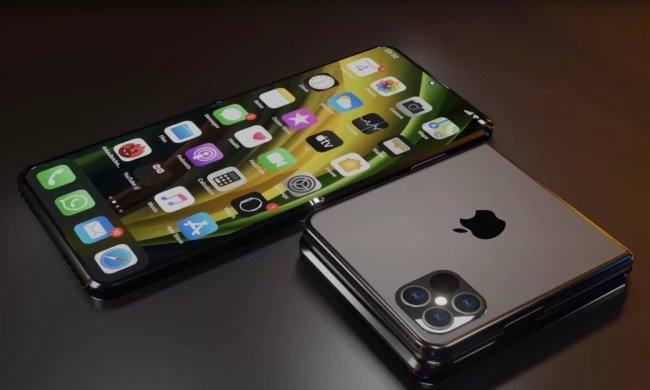Although the term “face time” can refer to any time spent interacting with a person face-to-face, FaceTime is a video-calling application designed by Apple for use on the iPhone, iPad, and Mac.
Unlike similar services such as Skype or Facebook Messenger, FaceTime exclusively supports one-on-one calling (i.e., no group calling) and can only be used to call someone with a compatible Apple device — it will not work on Windows or Android phones. Despite this, FaceTime is still one of the most popular videotelephony products out there, likely due to the inherent popularity of Apple products.

A brief history of FaceTime
FaceTime was originally introduced by the late Steve Jobs in 2010 at the Apple Worldwide Developers Conference. It was initially only supported on the iPhone 4 (the newest phone at the time), but is now available across a wide range of Apple products. Support for the iPod Touch was announced in September 2010 and for the iPad in March 2011.
Since 2011, FaceTime has officially been out of beta. Due to a provision of the Sarbanes-Oxley Act (2002) which prevents companies from providing an unadvertised new feature of an already-sold product, the beta version of the app can still be found in the App Store. But don’t buy it, because FaceTime is included for free in OS X and iOS.
In 2013, Apple announced a new feature, FaceTime Audio, which allows eligible users to make audio-only calls between Apple devices without using their phone plan’s allotted minutes (it instead requires a Wi-Fi or a data plan).
Due to carrier concern that the app would use too much bandwidth and produce high data bills, FaceTime only worked over Wi-Fi for a time, but as of iOS 6, this restriction was removed. It turns out, using FaceTime over your data network doesn’t actually eat up as much data as you might expect. Depending on the age of your device, a 10-minute FaceTime call will only use about 25-30MB of data. To see how much data a call has cost you, press the i button next to a person’s name in the FaceTime app and it will show you the duration and cost of recent calls.

For a short time, AT&T also restricted the use of FaceTime for customers with unlimited data plans. They were later brought before the FCC on net neutrality violations and the block was withdrawn. FaceTime and FaceTime Audio can now be used over any 3G or 4G networks (assuming you have the data plan to support it).
How to use the app
To use the app, first make sure that it’s installed on your device. While the app comes predownloaded on all new Apple devices, it is not available in Saudi Arabia, United Arab Emirates, or Pakistan due to restrictions these countries have placed on IP-based communications. As of iOS 10, it is also possible to delete the app from your tablet or phone. However, even if you have deleted the app, you can redownload it for no charge or use FaceTime through the Phone or Contacts apps.
For more information on how to navigate the video-calling app, and what devices are eligible to use it, check out our FaceTime guide.

So, should you use FaceTime?
Honestly, that depends. If you don’t have an Apple device, you won’t be able to use the service — and FaceTime is not a good enough reason to buy an iPhone. Even if you do have an iPhone or iPad, if you want to call people who don’t have Apple products, then FaceTime is no use to you.
That being said, FaceTime is a free app that involves no investment to use other than signing in with your Apple ID. While there are plenty of other options out there, FaceTime is a easy-to-use app that lets you stay in touch with your iPhone and iPad owning friends and family. It could also help limit the strain on your phone plan — and chances are, it’s already on your phone.


